The ocean comes alive each year with the magnificent spectacle of whale migration, an event that draws nature enthusiasts, scientists, and curious travelers alike. Whale watching season varies depending on the region, but one thing remains constant—the awe-inspiring presence of these gentle giants as they traverse vast oceanic highways. From the icy waters of Alaska to the tropical coasts of Hawaii, the annual journey of whales is a testament to the enduring rhythms of nature.
Understanding Whale Migration Patterns
Whales follow ancient migratory routes, driven by instincts honed over millennia. In the Northern Hemisphere, species like humpbacks and gray whales typically begin their journey from cold feeding grounds to warmer breeding waters as winter approaches. The exact timing depends on factors such as water temperature, food availability, and daylight hours. For instance, off the coast of California, gray whales can be spotted from December through April, while in Iceland, the season peaks between June and August.
Southern Hemisphere migrations follow a reverse schedule. Along Australia's eastern coast, humpback whales pass by between May and November, heading north to the Great Barrier Reef to give birth. Meanwhile, in Antarctica, the brief summer months (December to March) offer the best chances to see massive gatherings of whales feasting on krill before their long journey north.
The Science Behind the Spectacle
Marine biologists have spent decades unraveling the mysteries of whale migration. These journeys, often spanning thousands of miles, are fueled by the need to balance feeding and breeding requirements. Cold polar waters teem with nutrient-rich prey like krill and small fish, making them ideal feeding grounds. However, these regions become inhospitable in winter, forcing whales to seek warmer waters where newborn calves have a better chance of survival.
Recent advancements in tracking technology have revealed astonishing details about these migrations. Satellite tags show that some whales maintain remarkably straight courses over open ocean, navigating with precision that rivals human maritime technology. Researchers believe whales may use a combination of Earth's magnetic field, star positions, and even underwater topography to stay on course during their epic voyages.
Prime Whale Watching Locations Around the Globe
Certain locations have gained renown as premier whale watching destinations due to their reliable sightings and accessible viewing opportunities. In North America, the Pacific coast offers numerous hotspots. Monterey Bay in California provides front-row seats to gray whales and occasional blue whales, while the San Juan Islands in Washington State are famous for orca sightings. Further north, Alaska's Inside Passage becomes a summer feeding ground for humpbacks that put on spectacular bubble-net feeding displays.
Across the Atlantic, Iceland's frigid waters attract various species, including minke whales and the occasional massive blue whale. Norway's fjords see an influx of orcas following herring migrations during winter months. Down under, Australia's Hervey Bay earns its title as the whale watching capital of the world during the southern migration season, when humpbacks stop to rest and socialize in the protected bay.
The Cultural Significance of Whales
For coastal communities around the world, whales hold deep cultural meaning that predates modern tourism. Indigenous peoples from the Pacific Northwest to New Zealand have creation stories featuring whales as ancestral beings or spiritual guides. The Maori of New Zealand consider whales (tohora) as sacred creatures, while Native Alaskan communities have traditionally relied on whale hunting for sustenance, conducting ceremonies to honor the animal's spirit.
This cultural heritage now intertwines with contemporary whale watching practices. Many tour operators collaborate with indigenous guides who share traditional knowledge about whale behavior and conservation. This fusion of ancient wisdom and modern ecotourism creates richer experiences for visitors while helping preserve cultural traditions that might otherwise fade.
Conservation Challenges and Responsible Viewing
As whale watching grows into a billion-dollar global industry, concerns about its impact on whale populations have emerged. While regulated viewing causes minimal disturbance, irresponsible operators who chase whales or approach too closely can disrupt feeding and breeding behaviors. Some regions have implemented strict guidelines—maintaining safe distances, limiting engine noise, and controlling the number of boats near whale groups.
Climate change presents perhaps the greatest long-term threat to whale migrations. Warming oceans alter prey distribution, forcing whales to adapt their routes or face malnutrition. Ocean acidification affects the krill populations that many species depend on. Plastic pollution creates additional hazards, with whales sometimes ingesting or becoming entangled in discarded fishing gear and other debris.
The Future of Whale Watching
Innovations in technology are transforming how we experience whale migrations. Hydrophones allow listeners to hear the complex songs of humpback whales in real time, while drones provide unprecedented aerial views without disturbing the animals. Virtual reality experiences now enable people worldwide to witness migrations digitally, potentially reducing physical pressure on popular viewing locations.
Citizen science programs engage tourists in meaningful conservation work by having them report sightings and collect data. These initiatives not only enhance the visitor experience but also contribute valuable information to researchers studying whale populations and behaviors. As we move forward, the challenge lies in balancing human curiosity with the whales' need for undisturbed migration—ensuring that future generations can continue to marvel at one of nature's greatest shows.
The annual whale migration remains one of the planet's most breathtaking natural phenomena. Whether observed from a rocky shoreline or the deck of a small boat, encountering these majestic creatures in their natural habitat creates lasting memories and fosters deeper appreciation for marine ecosystems. As our understanding of whales grows, so does our responsibility to protect them and the oceans they call home.
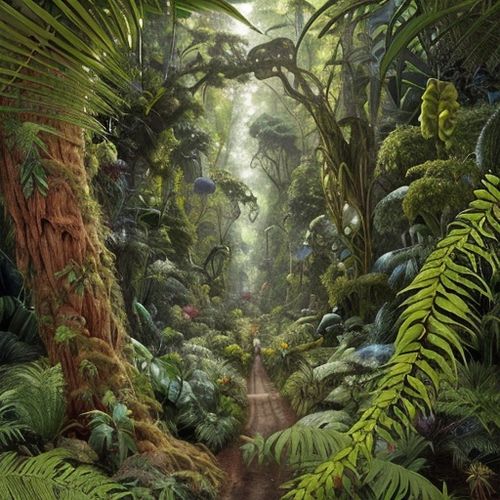
By George Bailey/Apr 28, 2025
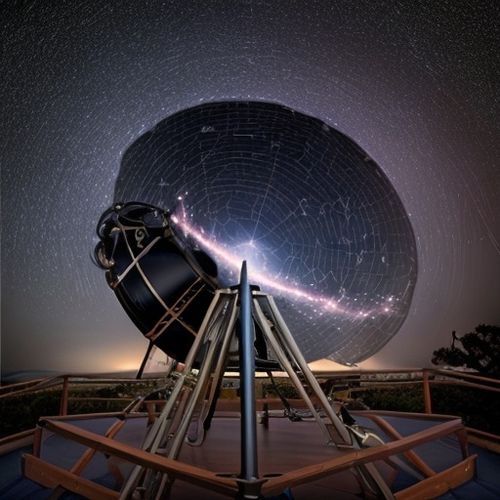
By Lily Simpson/Apr 28, 2025

By Grace Cox/Apr 28, 2025
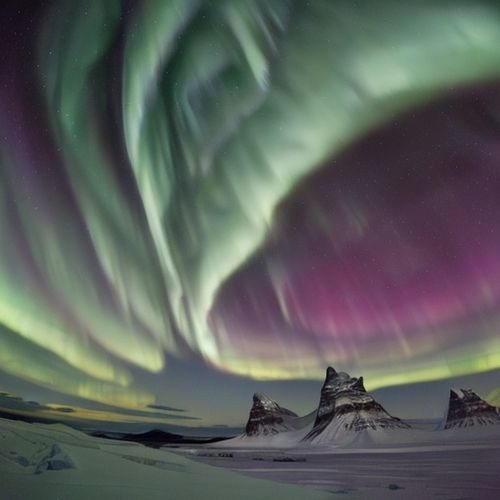
By David Anderson/Apr 28, 2025
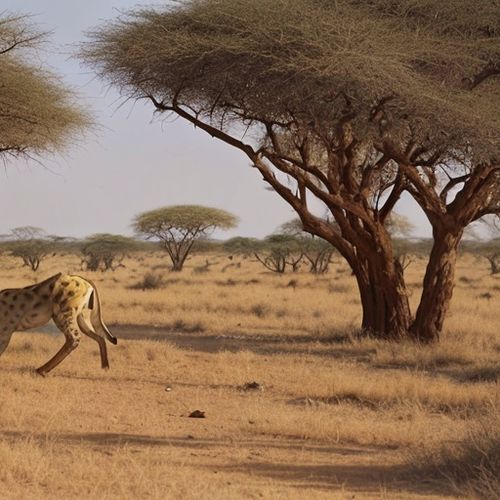
By Megan Clark/Apr 28, 2025

By Natalie Campbell/Apr 28, 2025
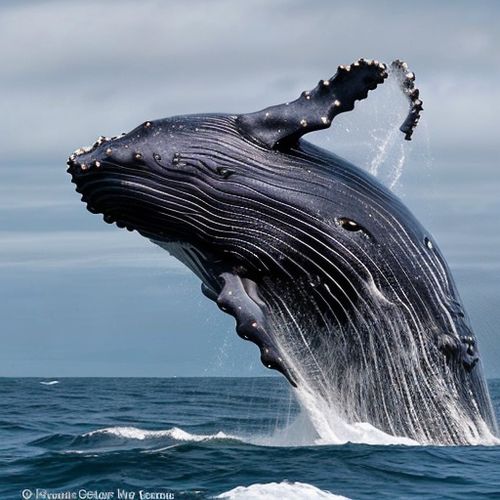
By Olivia Reed/Apr 28, 2025
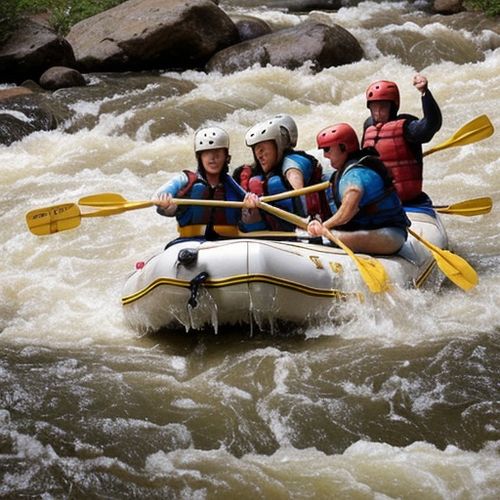
By Rebecca Stewart/Apr 28, 2025

By Eric Ward/Apr 28, 2025
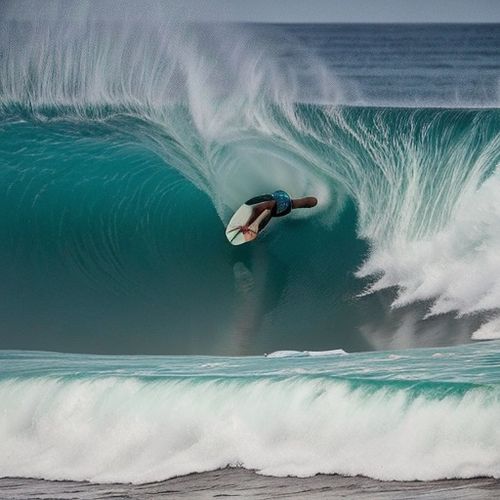
By Grace Cox/Apr 28, 2025
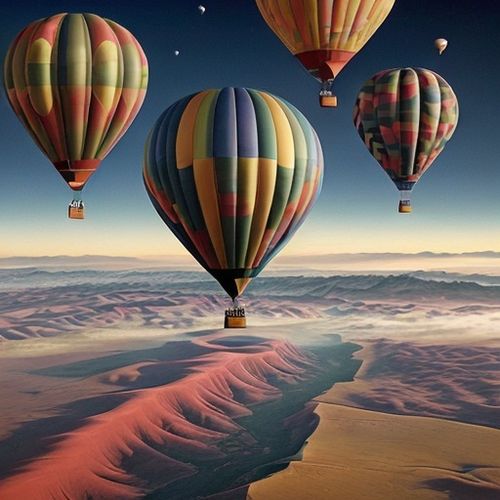
By Noah Bell/Apr 28, 2025

By George Bailey/Apr 28, 2025

By Michael Brown/Apr 28, 2025

By Samuel Cooper/Apr 28, 2025
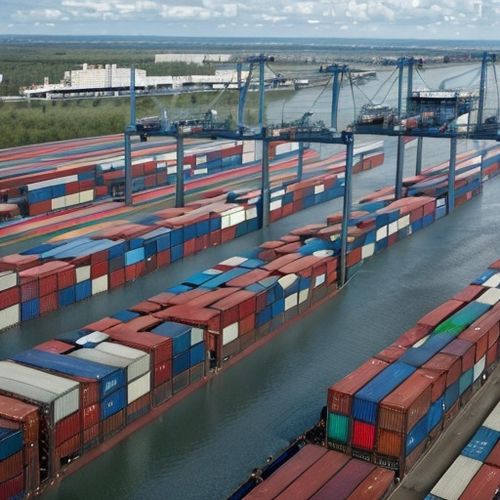
By Laura Wilson/Apr 28, 2025

By David Anderson/Apr 28, 2025

By Noah Bell/Apr 28, 2025

By Benjamin Evans/Apr 28, 2025

By Megan Clark/Apr 28, 2025

By Noah Bell/Apr 28, 2025